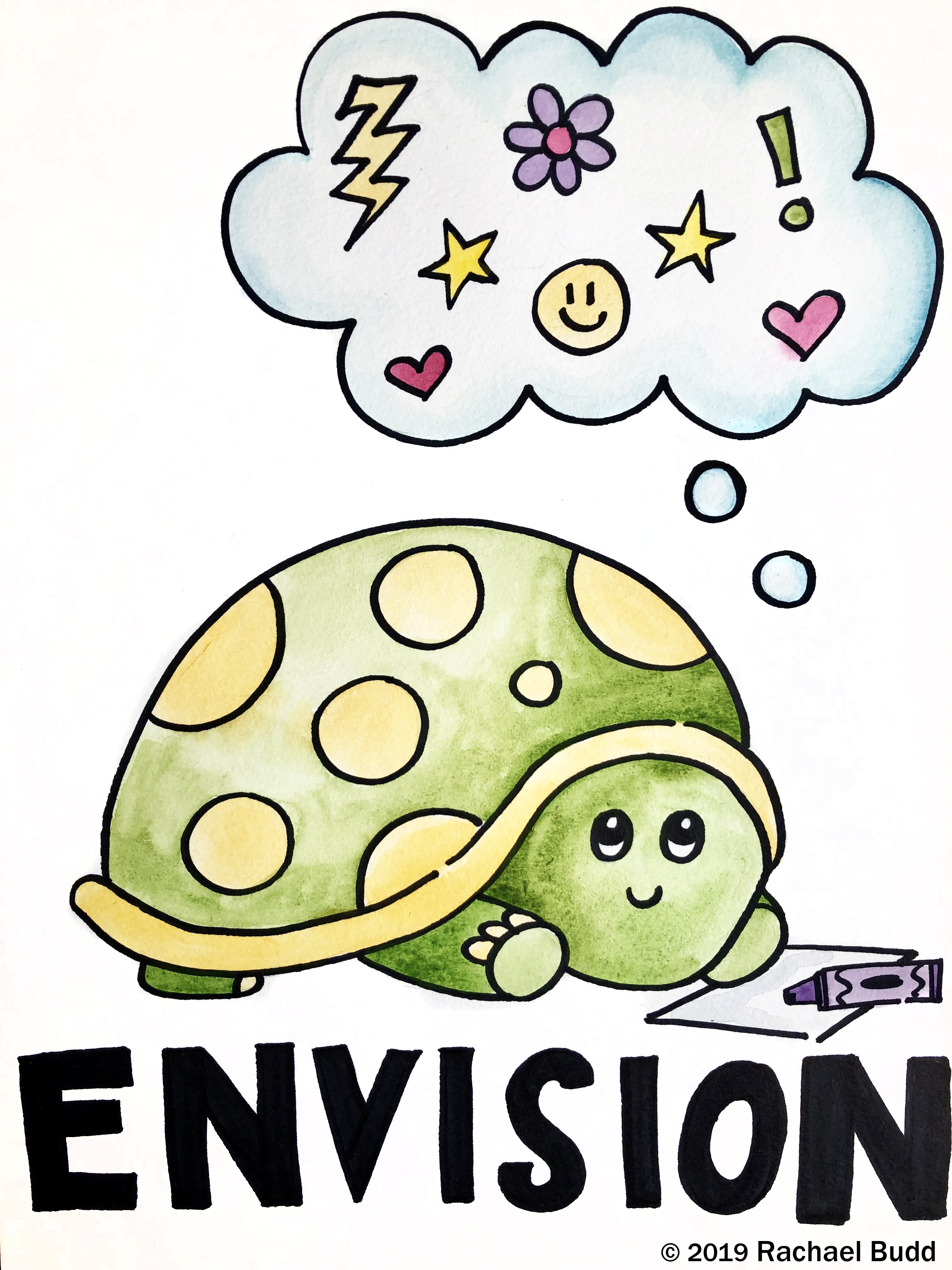
It is helpful to know that in a choice-based studio art program, the students are choosing their own projects. (Email is easiest, and from there we can arrange a time to meet in person, if needed.)īelow is some information about our choice-based art program.
Stretch and explore studio habits of mind free#
What themes/techniques would you like to encourage your student to explore? MACS artists can be inspired to create art for their loved ones!Īs alway s, please feel free to reach out to me with any questions, thoughts, etc. What did you learn when creating this that could help you in your next project? What did you find most challenging when creating it? What do feel is the most successful part of this art work?

Here are some open-ended questions that can be asked about the finished work your students are bringing home too: Because students often process through their artwork themes that are most important to them, some very meaningful conversations can be had. I want to encourage all families to discuss the exciting work happening in the art room. Students also had reference pages at their tables with the different types of lines on them.Spring has sprung! Let's get creating! Scroll down to see the updated table, projecting learning opportunities in the MACS art studio! I continued the rotation so that each student had about 3-4 turns and then I gave the next direction. Students had to start their line where the last person left off and try to fill the entire page without overlapping. When the next group member was ready, I began the music again. When I stopped the music, the first person stopped. Then I played a song from the Broken Flowers soundtrack and the first student in the group began to draw. As one student put it, “compromise means you take part of what one person wants and part of what the other person wants and put it together.” Once I felt students understood the rules of this drawing “game,” I split them into small groups and each child got a pencil. We talked about some of the skills we would be practicing–like collaboration, compromise and cooperation.
Stretch and explore studio habits of mind how to#
To do this, students needed to take turns drawing lines, so we practiced how to do this on the rug first.

For the first lesson of this unit, I taught students different types of lines (straight, thick, thin, wavy, etc.) First I said the name of the line and drew it in the air with a “paintbrush” (my finger) as students repeated the words and gesture after me.Īfter learning each line, I told students that they would be creating a BIG drawing together. Kindergartners started a line unit a few weeks ago. Students notice many textures in nature including rough rocks, the smooth water, gritty sand, spiky pine needles and paint, pencils, spray paint, water, squeegees, and pastels as some of Heather’s drawing and painting tools and materials. The video shows Heather drawing and painting in various locations–near streams, in the woods, in her car and in her home studio.īefore the video I ask students to notice the various textures they see and drawing materials Heather uses when she works. The following class, I introduced students to contemporary artist Heather Day by watching a short video of her called On a River. I have taught this lesson many times and after class students often tell me that its one of the most fun art lessons they’ve done.

The songs I play include jazz music, classical music, techno and blue grass.Īs the song play, I asked questions like, “What instrument do you hear? What color does this instrument sound like? Is this song fast or slow? How might you move your brush to match the speed of the song? What types of lines could you use to describe this sound?” Then I start playing music and students are challenged to describe the sounds they hear using paint.

Each pair of students get: a tray of paint, a mixing tray, a water cup, brushes, and a sponge to clean their brushes. Next, students gather their materials with a partner. After reading The Noisy Paintbox, students walk to their tables and I demonstrat how to fold the paper into 4 equal boxes. The biography tells the story Vasily Kandinsky, a Russian artist who studied in Europe and is one of the founders of Western abstraction.īefore students arrived, I had placed a blank 9 x 12 inch piece of paper at their table spots. I began this unit by reading The Noisy Paintbox, by Barb Rosenstock.


 0 kommentar(er)
0 kommentar(er)
